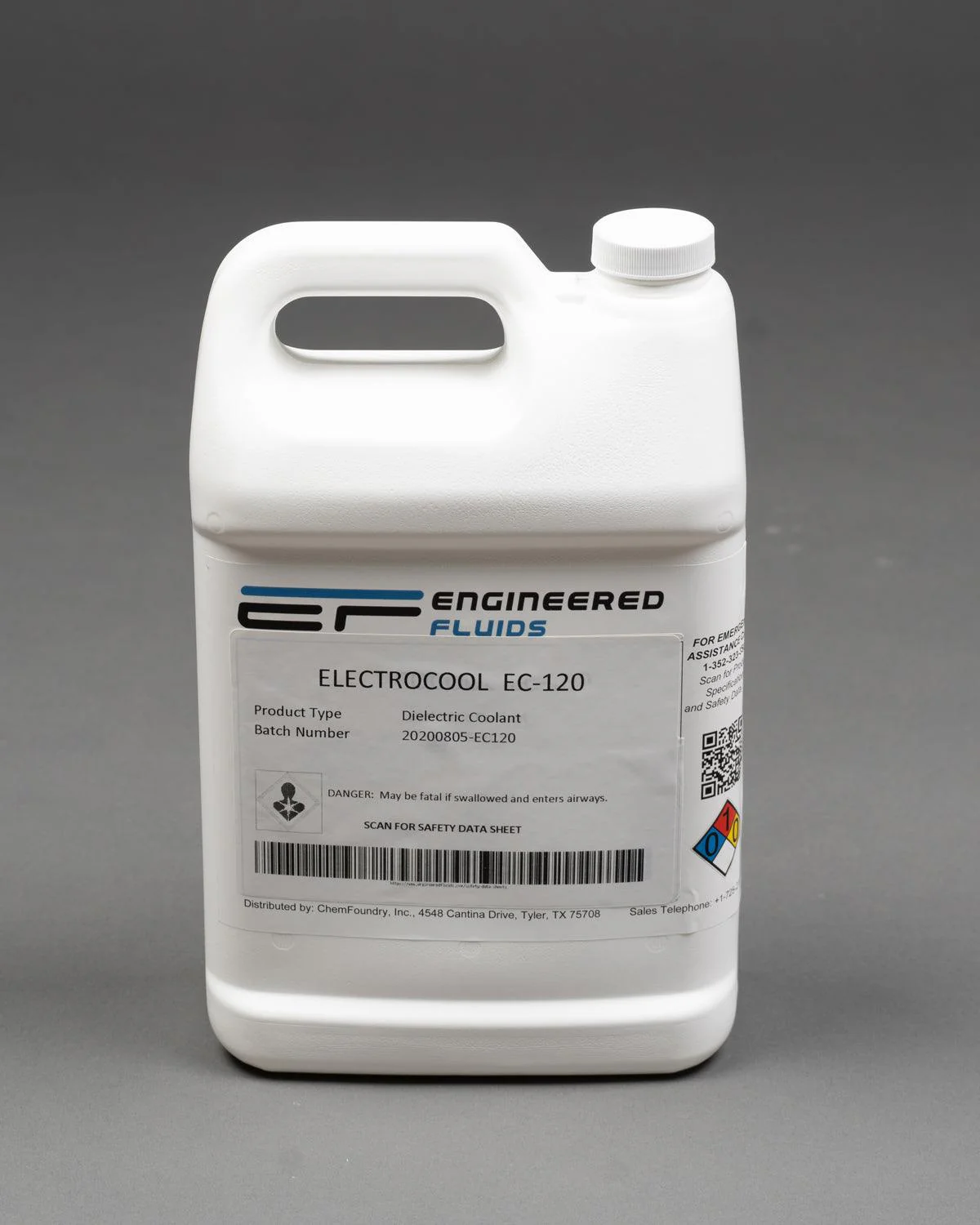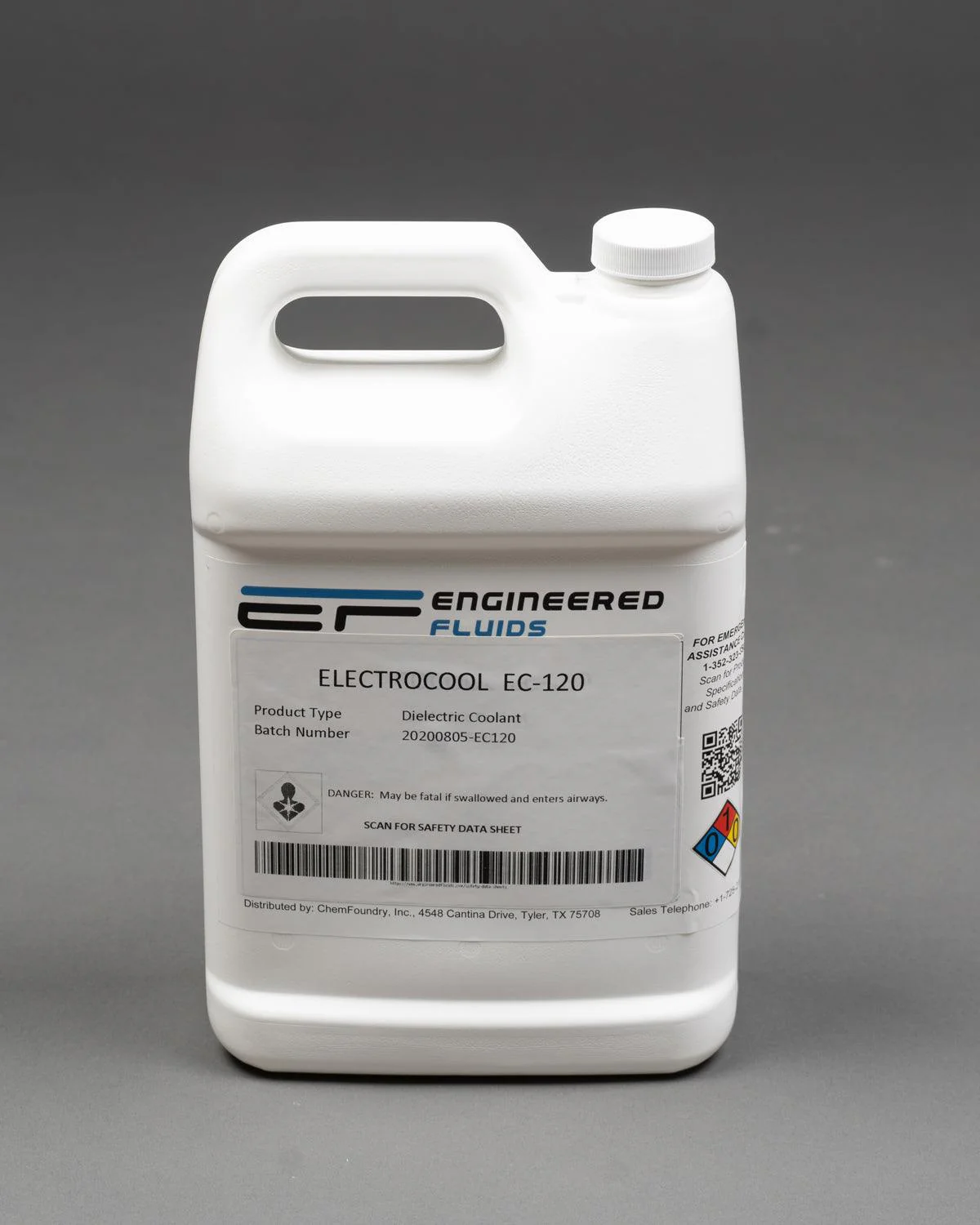Answer

Dec 08, 2020 - 08:00 AM
The capillary action or wicking effect mentioned is also know as: “capillary effect”, “capillary creep” among others, and is due to the interfacial tension of a liquid “pulling” the liquid along the cable. This is the same physics that allows Sequoias to grow to be over 500 ft and draw water up from the roots to the crown of the tree. We usually don't see any issues with solid or sealed cables, however ethernet cables and stranded power cables can sometimes be problems because of the small spaces that are created by the twisted pairs inside the outer sheath.
It can be controlled in one of a couple ways – if the outside wire sheathing is durable (like PVC insulation), then simply cutting a small slot in the insulation will break the suction effect. We also have customers who put a small plug of silicone caulk into the insulation that blocks the effect. We solve this by using some silicone sealant on the immersed cable end, or by striping a 1/2 inch gap in the outer sheath about 1-4” above the fluid, this gap breaks the capillary action and stops the wicking. You can also fill the gap with silicon to create a plug.





Add New Comment